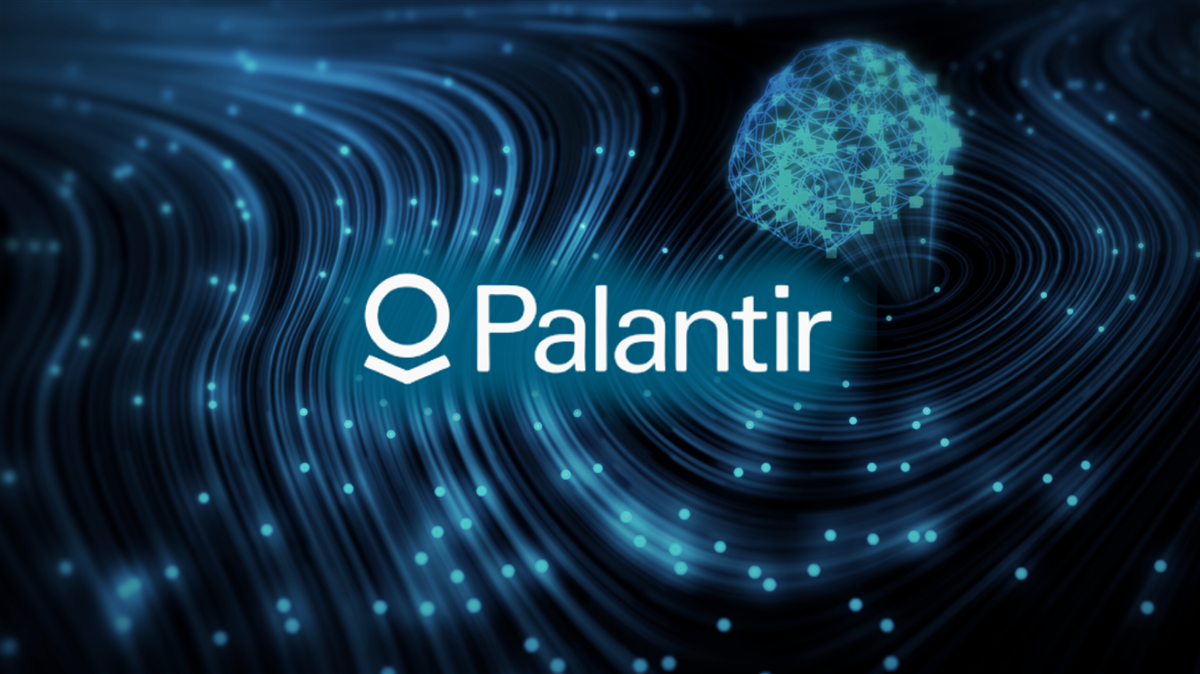
The rise of Kimi AI, one of the most intriguing players in the current artificial intelligence race, is a story of bold vision, relentless innovation, and the unique dynamics of China’s rapidly evolving tech sector. Founded less than a decade ago, Kimi AI has transformed from a small research-driven startup into a company that now claims to challenge giants such as OpenAI, Google, and Anthropic on both capability and cost. As the global AI landscape becomes increasingly competitive, the Kimi AI story reflects not just technical achievement but also broader economic and geopolitical trends shaping the future of advanced technology.
Early Origins: An Academic Spark
Kimi AI’s origins can be traced to the ambitions of a group of engineers, mathematicians, and machine learning researchers based in Beijing. The company was founded in 2018 by Dr. Chen Yiming, a Tsinghua University alumnus and former research scientist at a leading internet conglomerate. Frustrated by the limitations he encountered within larger corporations—particularly the slow pace of innovation and the bureaucratic approach to research—Dr. Chen envisioned a startup that would combine the rigor of academic research with the agility and risk-taking of a true technology venture.
Kimi AI’s early days were marked by a focus on foundational research in large language models, natural language understanding, and advanced neural architectures. The founders’ academic backgrounds and connections to Chinese research universities provided Kimi AI with early access to a pipeline of young talent, eager to build China’s answer to Western AI dominance.
Seed Funding, Early Products, and Initial Challenges
Seed funding for Kimi AI came from a mix of university grants, angel investors, and a few influential figures in the Chinese tech scene. At a time when AI research was exploding globally—spurred by the success of models like OpenAI’s GPT-2 and Google’s BERT—Kimi AI staked its future on developing models specifically adapted for the Chinese language and market. This focus allowed Kimi AI to rapidly gain traction in natural language processing (NLP) applications for search engines, customer service, and enterprise automation, particularly for large Chinese internet companies and government clients.
However, the company’s path was not without obstacles. Chinese tech firms were already crowded with ambitious AI startups, and global giants were moving quickly to establish beachheads in the country. Kimi AI’s early models lagged behind the performance benchmarks set by US-based competitors, both in terms of accuracy and speed. Recruiting top talent was challenging due to intense competition, and computing resources were expensive.
The Moonshot Backing and Strategic Pivot
A turning point for Kimi AI arrived in 2021 when the company secured a major Series B funding round, led by Moonshot AI—a well-funded venture firm with a focus on disruptive, deep-tech startups. Moonshot AI’s investment provided not only capital but also strategic guidance and access to cloud computing infrastructure, which dramatically accelerated Kimi AI’s model training capabilities.
With Moonshot’s backing, Kimi AI shifted its strategy from being a service provider to a product-driven company focused on foundational AI models. The team embarked on an ambitious multi-year plan to build proprietary large language models (LLMs) that could rival, and eventually surpass, those of leading US and European labs. By leveraging China’s vast corpus of digital text and speech data, and collaborating closely with local hardware partners to optimize AI chips, Kimi AI started to close the performance gap.
Breakthroughs and Market Recognition
Kimi AI’s big breakthrough came with the launch of its Kimi K2 model in 2024. Marketed as a highly efficient, cost-effective alternative to Western LLMs, Kimi K2 generated global headlines after third-party tests indicated it could outperform OpenAI’s GPT-4.1 and Anthropic’s Claude Opus 4 on a range of coding and reasoning benchmarks. Crucially, the Kimi K2 model was priced aggressively, with per-token costs significantly below those of its competitors. This pricing model, combined with robust multilingual support and strong performance on both Chinese and English tasks, made Kimi K2 an instant hit among developers, enterprises, and even international clients.
The publicity surrounding Kimi K2’s launch catalyzed a new wave of interest and investment in the company. Reports surfaced that several Chinese tech giants were considering partnerships or acquisitions, hoping to integrate Kimi’s models into their own products. Kimi AI began to expand its workforce rapidly, opening new research hubs in Shenzhen, Shanghai, and even Singapore to support a growing base of global customers.
International Expansion and Geopolitical Headwinds
Flush with capital and technical momentum, Kimi AI soon set its sights beyond China’s borders. The company opened representative offices in Southeast Asia and started actively courting clients in Europe, the Middle East, and North America. Kimi AI’s pitch was clear: high-performance AI at a lower cost, with custom solutions available for a wide array of industries, from financial services and e-commerce to logistics and media.
However, Kimi AI’s international expansion has not been without challenges. The growing focus on AI sovereignty and data privacy—particularly in the United States and European Union—has created barriers for Chinese AI companies seeking to win global contracts. In addition, export controls on advanced chips and increasing skepticism of Chinese technology have complicated Kimi’s access to certain high-end hardware and cloud providers. To navigate these hurdles, Kimi AI has invested in research partnerships, joint ventures, and compliance programs designed to meet international regulatory standards.
Competitive Landscape and the Road Ahead
As of 2025, Kimi AI is viewed as one of China’s leading homegrown AI companies, often mentioned in the same breath as SenseTime, iFlyTek, and Baidu’s AI labs. Unlike its more established rivals, however, Kimi AI has cultivated a brand rooted in open research, transparent benchmarking, and developer engagement. The company has hosted international AI competitions and published research papers at leading conferences, all aimed at raising its global profile.
For now, Kimi AI remains a private company, with persistent speculation about an eventual initial public offering (IPO) on the Hong Kong Stock Exchange or even the US markets—should regulatory conditions permit. Should Kimi AI pursue an IPO, it could join the ranks of other high-profile Chinese tech listings such as (NASDAQ: BIDU). Regardless of its IPO ambitions, the company’s impact on the global AI race is already being felt.
Conclusion
Kimi AI’s rapid evolution from a university-inspired startup to a serious contender in the global AI market is a testament to the power of vision, strategic partnerships, and relentless execution. With China determined to establish itself as a global AI powerhouse, companies like Kimi AI will likely play an increasingly important role in shaping not only the technology itself but also the geopolitics and economics of artificial intelligence for years to come.
Disclaimer: This article is for informational purposes only and does not constitute investment advice. The mention of any stock symbol or company does not represent an endorsement or recommendation. Readers should conduct their own research before making any investment decisions.







